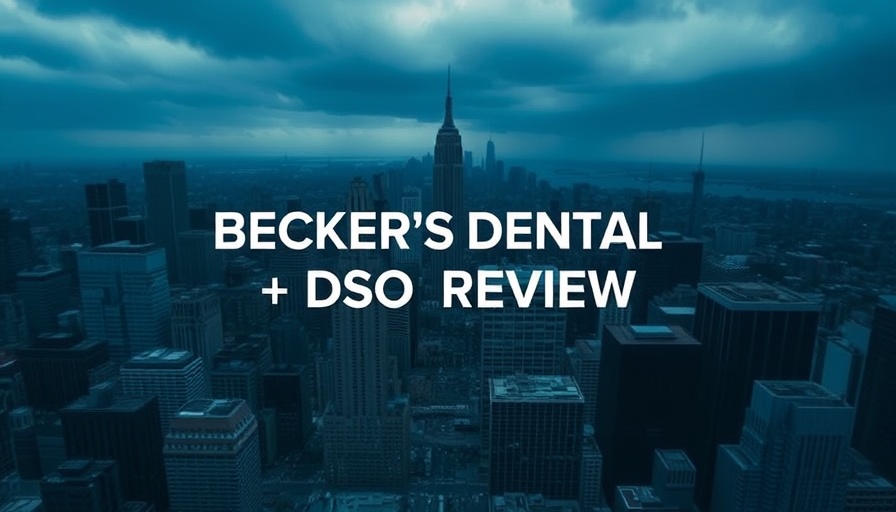
Texas Woman Arrested for Practicing Dentistry Without a License
A woman in Laredo, Texas has been arrested for allegedly practicing dentistry without a license from her home, a situation that raises significant concerns about patient safety and the legal ramifications of unregulated dental practices. This incident, which occurred under the investigation named 'Operation Tooth Fairy', reflects not only the legal implications but also the imperative for public awareness regarding the importance of licensed dental practices.
Legal Implications of Unlicensed Dentistry
The arrest of Jennie Del Carmen Lara, 50, for violations of the Texas Dental Practice Act exemplifies a disturbing trend where individuals may attempt to provide professional services without receiving the proper training or licensing. Engaging in such practices poses severe health risks to patients, as unlicensed individuals lack the necessary qualifications to perform dental treatments safely and effectively. Lara faces two counts categorized as a third-degree felony, which underlines the seriousness with which the state deals with such offenses. It is essential for patients to understand that choosing unlicensed practitioners could lead to life-threatening complications, underscoring the vital need for safeguarding public health through adherence to licensing regulations.
Operation Tooth Fairy: A Closer Look
Initiated earlier this year, Operation Tooth Fairy was launched following a complaint against Lara, highlighting the proactive measures authorities are taking against unlicensed medical practices. Upon investigation, law enforcement obtained a search warrant that resulted in evidence indicating that dentistry, presumably involving risky procedures, was conducted within Lara's residence. This targeted approach by law enforcement could serve as a model for similar operations in other states.
The Importance of Licensed Dental Care
Licensed dental professionals undergo extensive training and examinations to ensure they meet the high standards required for patient care. The American Dental Association (ADA) emphasizes that proper licensing protects patients by ensuring that providers possess not only theoretical knowledge but also practical experience in dental procedures. Individuals opting for unlicensed care not only jeopardize their oral health but may also encounter legal issues if complications arise, thereby needing further intervention from legitimate healthcare providers.
Risks Involved in Unregulated Dental Practices
Without the oversight of regulatory bodies, patients risk exposure to improperly administered procedures that may lead to infections, unintended injuries, and long-term complications. Dental treatments require specific skills and knowledge, from understanding human anatomy to managing sterilization processes. An unlicensed practice bypasses these crucial safety protocols, casting doubt on the ethics of self-regulated care.
Community Awareness and Preventative Measures
This incident, while isolated, serves as a cautionary tale for the community. Increased awareness about the dangers of unlicensed dental work could help mitigate risks associated with such practices. Community outreach and educational programs highlighting the essentials of choosing licensed practitioners could foster a culture that values safety and informed decision-making in healthcare. Patients should be empowered to ask for credentials and verify the licensing status of any dental provider they consider utilizing.
Conclusion: Value of Regulatory Compliance in Healthcare
The recent arrest of Jennie Del Carmen Lara is a potent reminder of the importance of regulations in healthcare practices, particularly dentistry. Licensed professionals are crucial to ensuring patient safety, quality care, and adherence to public health standards. As the healthcare landscape continues to evolve, it is vital that patients remain vigilant and informed about their choices. Educating oneself about licensed practitioners helps safeguard personal and family health, reinforcing trust and safety within the dental community.
 Add Row
Add Row  Add
Add 




Write A Comment